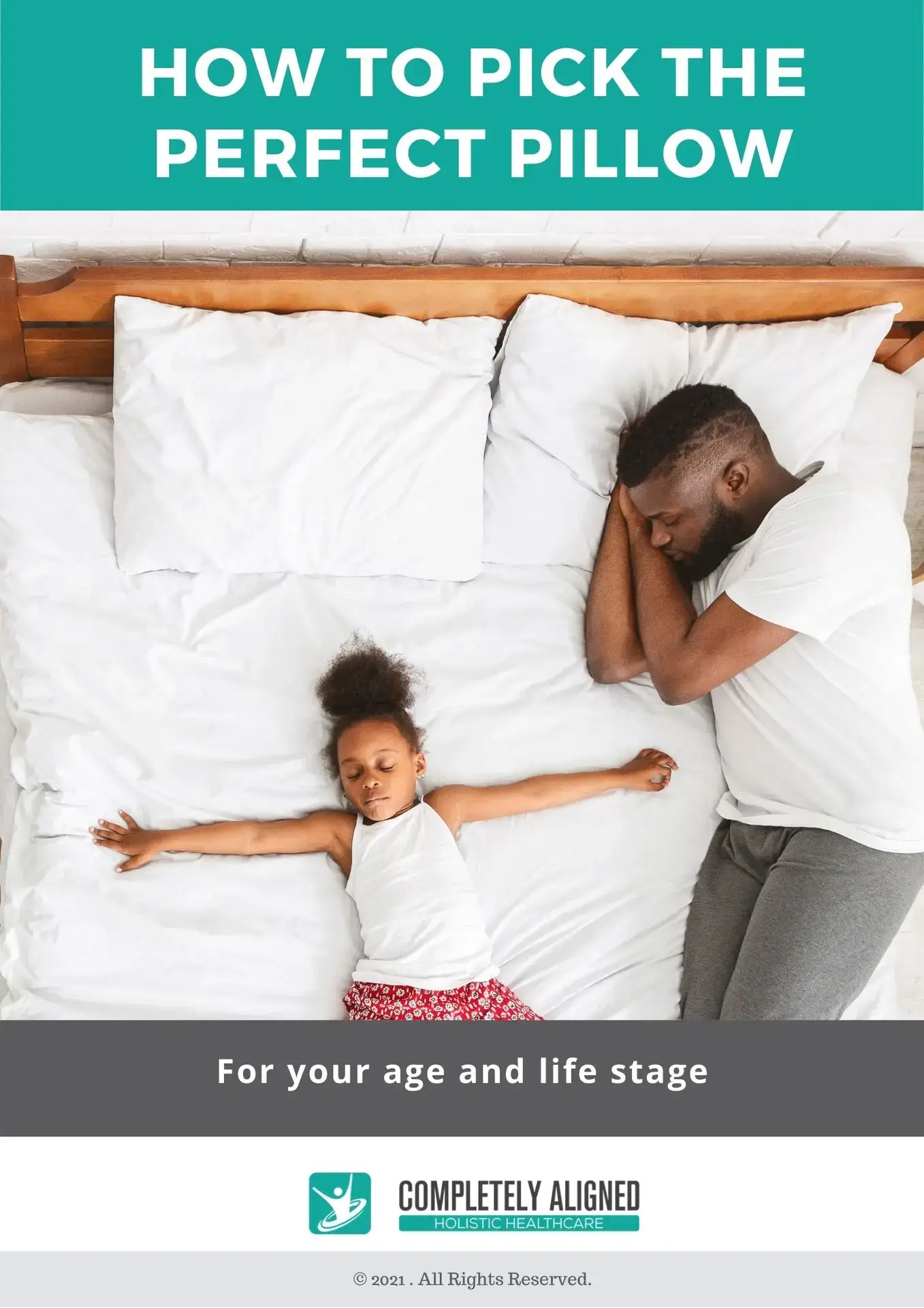Are you waking tired, in pain or do you feel like your pillow is just not right for you? A less than perfect pillow can result in poor sleep posture, which can lead to muscle tightness, neck and shoulder pain, and headaches.
Pain after sleeping is not surprising given the average person spends 1/3 of their lifetime in bed (that is approximately 229,961 hours asleep), during which time they’ll shed an average 3.6kg of dead skin each year, which equates to a whopping 263.5kg in a lifetime! This accumulation of dead skin cells often results in dust mites. Dust mites thrive in warm humid environments (eg. pillows) and a single mite leaves 20 droppings per day (gross). Old pillows also contain body sweat and oil which travel through the pillowcase and can easily breed mould and other bacteria, which can all lead to breathing difficulties. Like most things pillows have a shelf life, the rule of thumb is 2 years, however some materials have a longer life span.
The correct pillow can not only make sure that your head and neck are in a neutral alignment so that ligaments, joints and muscles are in ideal position. It can also help improve breathing and allergies, resulting in more restful sleep.

What then to look for in the perfect pillow?
- It must hold it’s shape throughout the night
- It must work with your sleeping position as well as the length of
- time you’re in bed,
- It must take into account any pre-existing medical conditions you
- might have, eg. whiplash, frozen shoulder
How do you sleep? Back, front or side
Your preferred sleeping position will help determine the size and type of pillow that is most appropriate for you. As does the material of your mattress (springs vs foam) and mattress base (slates or base), the width of your shoulder, and any underlying injuries.
Side sleepers
The pillow must not cause the neck to tilt too much upwards or downwards and should allow for minimal pressure being exerted on the spine, neck and shoulders. Your correct pillow height will depend on how broad your shoulders are – it can be helpful to have someone check your alignment from behind and even take photos of your posture with different pillows to compare how each one supports your head and neck. Generally speaking, a firm, mid-high profile pillow is good for side-sleepers.
A low pillow will let your head fall too far towards the mattress, not providing enough support for the neck. A high pillow will push your neck too high above the mattress and create strain on the joints and muscles in the neck.
Back sleepers
You need something that supports the curvature of the neck in order to keep the neck in its natural curvature whilst sleeping. A mid-low sized pillow is ideal.
Too firm it will raise your head too far forward. Too soft and your neck will fall back into the mattress.
Top Tip – for those who have back pain, try sleeping with a pillow under your knees as this will take the strain off your back while sleeping in this position.
Stomach sleepers
This is the least preferred position for sleeping due to the load it puts on the neck and shoulders. For those who cant help but sleep in this position, choose a thin pillow or no pillow to avoid excessive tension on the neck. This position removes the spine from its neutral position and creates strain throughout the entire spine which may cause damage over medium to longer term.
Perfect pillow: shape and type
As you’ve probably guessed, there is no one size fits all approach when it comes to choosing the ideal pillow. Your age and life stage may help determine the shape (flat, contour, body) of pillow you require. Your preference of material will also come into the type of pillow you end up with.

Pillow types:
- Memory foam
- Latex
- Bamboo
- Down
- Polyester
- Feather
- Water
- Buckwheat
- Microbeads
And many more….
We can talk about pillows all day long. If you are after a more comprehensive summary please download our e-book.
You can also purchase from our recommended range of pillows directly here.
Or, if you’d like further assistance selecting the right pillow for you just mention it at your next appointment, or book in for a free pillow assessment with Teille.
References:
- https://marksmattress.com/how-often-to-replace-pillows/
- https://www.mayoclinic.org/diseases-conditions/dust-mites/symptoms-causes/syc-20352173
- Aminoff, M. J., Boller, F., & Swaab, D. F. (2011). We spend about one-third of our life either sleeping or attempting to do so. Handb Clin
Neurol, 98, vii. doi:10.1016/b978-0-444-52006-7.00047-2






